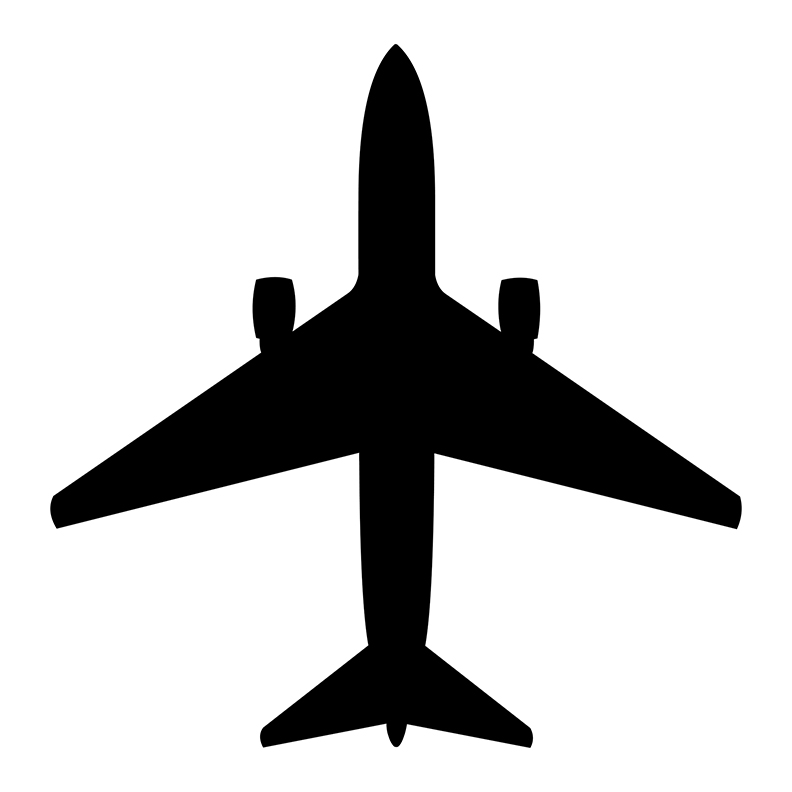My most recent experience with Airplane Mode occurred on my flight back from Seattle. My girlfriend and I were sitting in our seats, about to embark onto the tarmac. The stewardesses were broadcasting their overhead-bag, seatbelt, exit routine, and cellphone check, when another couple—my guess, in their mid-40s—asked “What is Airplane Mode?” Upon reflection, my reaction was pointless, as I scoffed in a lowered voice, “Who doesn’t know about Airplane Mode?” With a startled face, my girlfriend turned to see who had asked the question.

I knew my reaction and the subsequent comment was senseless, as I realized that not everyone on our plane was born in the 90s, or with a smartphone in hand as kids are now. For many born before the 1990s, the knowledge of smartphone technology still has not piqued, as what is common knowledge for many, truly, isn’t all that “common” when applied to everyone.
In the complex world of technology, Airplane Mode exists as a unique feature of smartphones.
Since October of 2013, all smartphones have Airplane Mode. This feature, found in the phone’s Settings, allows its user to turn off all internet and radio frequencies. It is standard on today’s cellphones, iPads, and laptops, but not on pagers, so those “now antique” devices, must be turned off while in flight.
While in Airplane Mode, smartphones and other “smart” devices allow users the ability to still use applications, listen to downloaded music, or play offline games.
Airplane Mode prevents ground network interference with the pilot’s radio communication, minimizing any possible confusion with ground-control directions; this is why airlines stress the importance of either turning cellphones off or switching Airplane Mode on. You want the pilot hearing which direction to fly, right?
An additional, convenient service Airplane Mode provides, is cutting-off the internet when traveling abroad. When outside of the United States, if Airplane Mode isn’t enabled, we are assessed “roaming” charges that quickly become costly. However, because Airplane Mode turns the internet off, we aren’t burdened with those pesky roaming fees, while still having the benefit of being able to use applications, and even having the ability to look up directions when wifi is available.
While using wifi, you can quickly look up directions, answer emails or send a text, and, with Google or Apple Maps, it makes getting lost a thing of the past.
That said, probably the best place to gain wifi access when exploring a new area abroad is Starbucks; one is sure to be nearby, wherever you go. And you’ll blend in quite well—if the “tourist” in you isn’t showing.
Leave a Reply